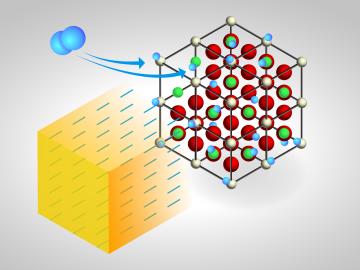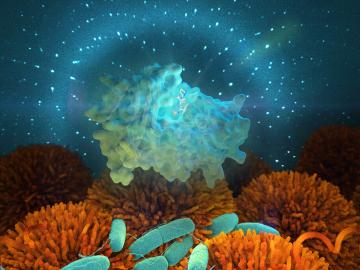Filter News
Area of Research
- (-) Neutron Science (43)
- Advanced Manufacturing (6)
- Biological Systems (4)
- Biology and Environment (11)
- Building Technologies (2)
- Clean Energy (89)
- Climate and Environmental Systems (3)
- Computational Biology (1)
- Data (1)
- Energy Frontier Research Centers (1)
- Fossil Energy (2)
- Fuel Cycle Science and Technology (1)
- Fusion Energy (1)
- Isotope Development and Production (1)
- Materials (73)
- National Security (2)
- Nuclear Science and Technology (20)
- Nuclear Systems Modeling, Simulation and Validation (1)
- Sensors and Controls (3)
- Supercomputing (40)
- Transportation Systems (1)
Media Contacts
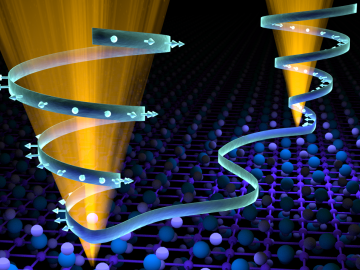

Researchers are looking to neutrons for new ways to save fuel during the operation of filters that clean the soot, or carbon and ash-based particulate matter, emitted by vehicles. A team of researchers from the Energy and Transportation Science Division at the Department of En...
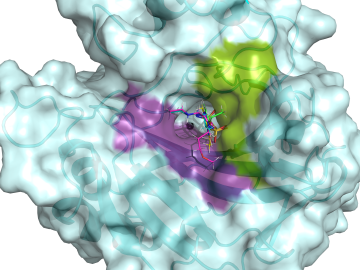
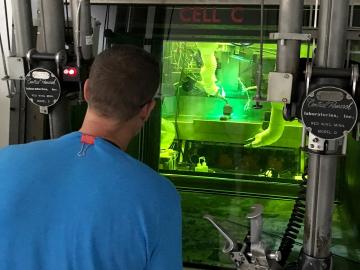
Scientists of the Department of Energy’s Light Water Reactor Sustainability Program (LWRS) and partners from the Electric Power Research Institute (EPRI) have conducted the first weld tests to repair highly irradiated materials at DOE’s Oak Ridge National Laboratory.

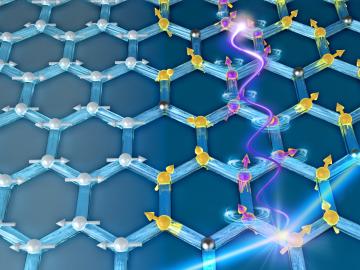
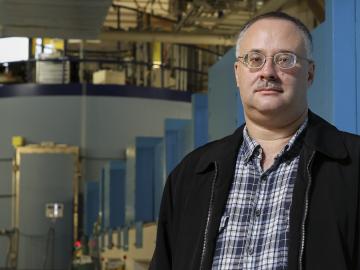
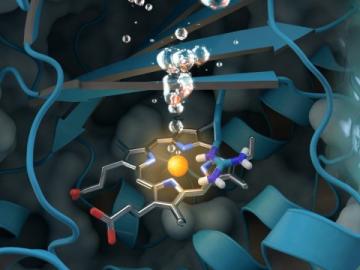
A new study sheds light on a unique enzyme that could provide an eco-friendly treatment for chlorite-contaminated water supplies and improve water quality worldwide. An international team of researchers led by Christian Obinger from the University of Vienna used neutron analys...
